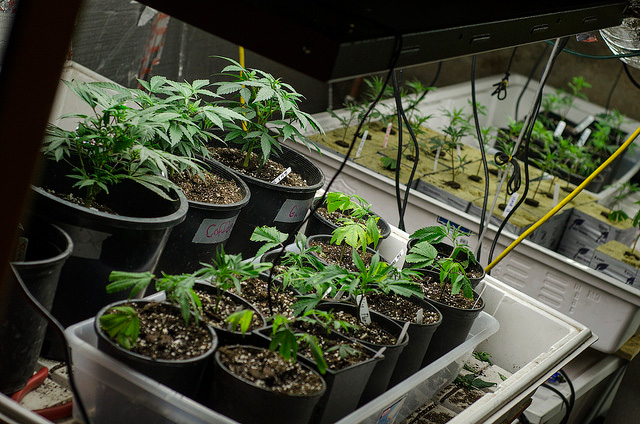
More than three years have passed since Colorado residents voted to legalize marijuana, which immediately allowed adults to possess and cultivate limited amounts of marijuana. This past New Year’s Day marked the two year anniversary of adults being able to legally buy marijuana in Colorado. The policy is still in its formative stage, but the first year after marijuana sales started in Colorado went very well and we continue to see the good shape of things to come.
The destruction imagined by opponents of legalization in 2012 never came true and is unlikely to materialize. Public safety benchmarks are under scrutiny in a manner never seen under prohibition and there is no real cause for panic in the foreseeable future. In short, the current state of legalization is more reflective of the world imagined by proponents – legalization works!
Of course that doesn’t prevent many from making broad assumptions and speculating about dangers associated with legalization. What’s important for the world to know is the policy is growing under the guidance of a family of state regulators, reform advocates, health practitioners and responsible industry affiliates.
As we mark the Jan 1st anniversary of marijuana legalization in Colorado, let’s take a look at some unquestionable characteristics this policy is starting to reveal in its first couple of years.
1) Thousands Not Arrested for Marijuana in Colorado
This initial and foundational aspect of marijuana legalization is often overlooked – marijuana arrests in Colorado have plummeted. We’ve seen possession, cultivation and distribution charges for marijuana cumulatively drop over 80%. Thousands of people in the state are no longer facing the immediate or collateral impact of a marijuana arrest. These thousands we speak of are disproportionately young black and brown men who now face one less obstacle of the many they endure in this country. We’ve also seen all drug-related charges drop by 23% on a judicial district level since the passage of amendment 64.
2) Revenue Allocation for Important Services
Colorado is projected to have brought in over 125 million dollars in taxes for 2015. These monies are put into a fund to improve local public schools or are collected by the state to be divvied up via the Governor’s allocation plan. The Governor’s plan provides a snapshot as to what a public health approach to marijuana looks like – funds are distributed to public education, behavioral health, law enforcement and youth prevention.
The Governor’s plan in the 2015/2016 fiscal year alone will allocate 23 million dollars to such groups as the Tony Grampsas Youth Development program, which provides necessary services to youth at risk likely to be disproportionately targeted by punitive prohibition policies in the first place.
Colorado and other pioneering states are showing us what a reality-based, public health approach to marijuana looks like. These states are laboratories of democracy funding studies on the impact of marijuana and looking to allocate resources where needed and most effective. This while other states are still depending on users and possessors to remain fodder for their criminal justice system.
Happy anniversary, Colorado!
Join us in defending the truth before it’s too late
The future of independent journalism is uncertain, and the consequences of losing it are too grave to ignore. To ensure Truthout remains safe, strong, and free, we need to raise $50,000 in the next 10 days. Every dollar raised goes directly toward the costs of producing news you can trust.
Please give what you can — because by supporting us with a tax-deductible donation, you’re not just preserving a source of news, you’re helping to safeguard what’s left of our democracy.